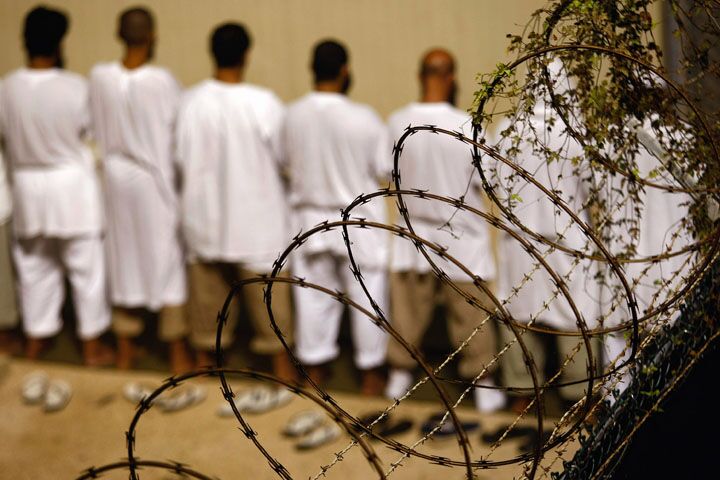
Planned Prisoner Swap Highlights America’s Weakness
In a move designed to resuscitate the Afghan peace talks, the Obama administration sweetened a planned agreement for Washington to handover Taliban detainees from Guantanamo Bay prison in exchange for a U.S. sergeant imprisoned in Pakistan by Taliban cronies.
The original version of the deal stipulated that the U.S. would release one group of prisoners, after which the Taliban would release Sergeant Bowe Bergdahl, and then the U.S. would release the rest of its Taliban prisoners in a second group. A Reuters report published on Tuesday states that a new version of the agreement says the U.S. will transfer all five of its Taliban prisoners to Qatar first, and only then would the Taliban be required to release Bergdahl.
Because the Taliban detainees in question are viewed as being among the most dangerous prisoners remaining at Guantanamo, the plan has come under the fire of lawmakers who worry that the transferred prisoners would reappear on the battlefield. The group includes one of the Taliban’s former top military commanders, a former deputy intelligence minister and a former interior minister. Also, among the prisoners is Mullah Mohammed Fazl, the former deputy defense minister of the Taliban, believed to be responsible for massacring thousands of Shiites.
These are not irrelevant, petty thugs, but powerful upper-echelon terrorists.
Critics of the exchange point to a study by the U.S. Congress, showing that one in four of the 600 prisoners so far released from Guantanamo have become active terrorists again. They expect many of these high-ranking Taliban officials would take up their flags and arms once again.
Washington knows that exchanging terrorists for captured U.S. soldiers encourages terrorist groups to capture more Americans. But negotiators have come to view the transfer of the five prisoners in question as a necessary evil in their attempts to cajole the Taliban into meetings. This is despite debates raging within the U.S. administration about whether or not the idea of peace talks with sworn and proven militants like the Taliban is even wise. But policymakers see scant other routes to attaining even a modicum of stability in the war-torn region.
The Taliban’s power was diminished by Washington’s 2009-2010 troop surge into Afghanistan, but it remains a formidable threat as the foreign forces continue to shrink. The U.S. presence in Afghanistan was designed to usher in stability and democracy. Instead, Afghanistan remains a nation on the cusp of catastrophe. Despite the $3.5 billion in humanitarian assistance, $58 billion in development funds, and the presence of around 2,000 international aid units, Afghanistan’s humanitarian conditions remain abysmal.
Whether or not the planned prisoner exchange comes to fruition, and whether or not peace talks are resumed, America’s presence in Afghanistan has revealed the U.S. to be a wavering nation with a deteriorating will. Negotiating with adversaries of Taliban ilk will only highlight U.S. naivety, and further fray the remaining strands of Washington’s will.
To learn more about why America’s war endeavors are failing, and for an advance look at the biblically prophesied future of America’s military efforts, read Gerald Flurry’s article “Why We Cannot Win the War Against Terrorism.”
